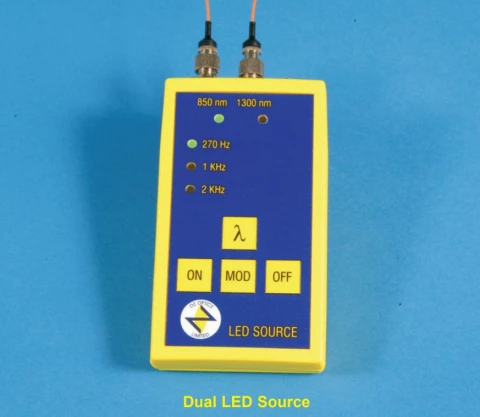Description
The Dual Wavelength LED Source by OZ Optics is a rugged, compact, and lightweight device that offers two optical sources in a single package. It is designed for testing and maintaining fiber optic networks, measuring insertion loss, calibrating optical receivers, and conducting laboratory research.
The source is available in three different wavelengths (850 nm, 1300 nm, and 1550 nm) and offers long-term stability, low temperature dependence, and selectable internal modulation options. With push-and-hold power keys and a low battery indicator, it provides convenient and reliable operation. The source can be operated using AA alkaline batteries or an optional AC power supply.
Dual Wavelength LED Source
Specifications
| LED Color Category: | Infrared (IR) |
|---|---|
| Wavelength: | 1550 nm |
| Output Power (typical): | 0.02 mW |
| Operation Mode: | Continuous Wave (CW), Modulated |
| Dual Wavelength Options: | 850 and 1550 nm |
| Wavelength Accuracy: | ±20 nm |
| Line Width: | 30 nm (minimum), 50 nm (typical), 80 nm (maximum) |
| Output Power: | 850 nm: -17 dBm (20 µW) typical, -20 dBm (10 µW) minimum, 1300 nm: -30 dBm (1 µW) typical |
| Stability: | ±0.01 dB |
| Temperature Coefficient: | 0.04 dB/°C |
| Connector Receptacles: | Super PC or Ultra PC Polished NTT-FC/PC, AT&T-ST, and SC |
| Internal Modulation: | CW, 270 Hz, 1 kHz, and 2 kHz |
| Power Supply: | AA alkaline batteries (two) or optional AC/DC adaptor |
| Dimensions: | 65 x 130 x 23 mm |
| Operating: Temperature: | -20 to +50 °C |
| Storage Temperature: | -35 to +70 °C |
Features
- Rugged, compact, and lightweight dual wavelength LED source
- Available wavelengths: 850 nm, 1300 nm, and 1550 nm
- Long-term stability and low temperature dependence
- Selectable internal modulation options: CW, 270 Hz, 1 kHz, or 2 kHz
- Auto power-down mode and push-and-hold power keys for accidental activation prevention
- Low battery indicator and long battery life
- Dust caps attached to the case for added protection
- Option to operate from AC power mains with an optional adaptor
Applications
- Installing and maintaining fiber optic networks
- Testing multimode fiber cables
- Testing passive optical components
- Verifying patchcord specifications
- Measuring insertion loss
- Calibrating optical receivers
- Laboratory research
Frequently Asked Questions
What are some of the applications of the Dual Wavelength LED Source?
What are some of the features of the Dual Wavelength LED Source?
What is the Dual Wavelength LED Source used for?
How is the Dual Wavelength LED Source powered?
How many different wavelengths is the source available in?
Similar Products
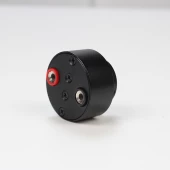
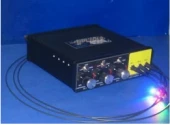
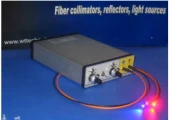
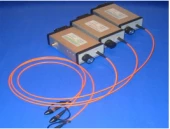
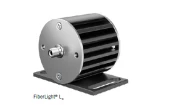




Your inquiry has been received.
Create an account by adding a password
Why create an account?
- Auto-complete inquiry forms
- View and manage all your past messages
- Save products to your favorites
- Close your account anytime — no hassle
